‘What is Africa, anyway?’ said Nairobi-born artist Wangechi Mutu in a 2013 interview. ‘Even I don’t know what Africa is, entirely. But I know that it’s not some of these simplified sound bites you hear in America.’
Mutu, who lives and works in Brooklyn, is part of a generation of African-born artists, alongside Chris Ofili, Julie Mehretu, Ibrahim El-Salahi and El Anatsui, to bring up new perspectives on ‘Africa’ in international discourse—a discourse that needs to be constantly challenged.
The Nigerian author Chimamanda Ngozi Adichie’s describes a similar encounter with the image of Africa outside Africa. When she arrived in the US to study aged 19, her American roommate had ‘a single story of Africa: a single story of catastrophe. In this single story, there was no possibility of Africans being similar to her in any way, no possibility of feelings more complex than pity, no possibility of a connection as human equals.’
In parallel to—perhaps a result of—the emergence of such high profile artists who demand more nuanced readings of ‘African art’, the market for it has been ascendant in recent years. In response to demand, Sotheby’s are organising a massive sale of modern and contemporary African art in London, to take place in 2017. In 2013, Touria El Glaoui established the first African art fair, 1:54, now taking place during Frieze week in both London and New York. She explained the motivation behind setting up a fair in Europe and the US dedicated to art from the continent.
‘In my previous job in Telecom/IT and business development, I would frequently travel for work–often to the African continent. The artistic talent and skill that I was encountering would blow me away, and yet, upon my return to Europe, I would see very little represented here. I came to realise that was generally the rule rather than the exception. This was the impetus for establishing 1:54; I hoped that the platform would showcase and celebrate contemporary artists from Africa and its Diaspora, while provide a sustainable and dynamic platform that would evolve and develop along with its market and reception. At the root of 1:54 is the desire to challenge reductive stereotypes that claim a totalising aesthetic. We continue to work and collaborate with exceptional artists, designers and dedicated galleries to best present a myriad of perspectives from the continent and further afield.’
Artists affect taste, and taste affects markets. 1:54 has made a genuine impact with fresh ideas about art from the African continent. How do such initiatives contribute to a deeper cultural understanding? I asked the Creative director of Gallery 1957 in Accra, Nana Oforiatta-Ayim, about the advantages and disadvantages of packaging ‘African art’ for a western audience.
‘It depends who is doing the packaging and why. I think packaging any kind of art as a geographically monolithic entity is reductive. How would one package “European Art” for example to an African audience? Where would one begin? Or even end? On the other hand, it can’t be denied that there are some steps that are of use along the way. One can’t deny the impact exhibitions like Africa Remix have had on the lives of artists and on perceptions, even if they bring together a wide and completely diverse array of artists into one flattening, simplistic discourse.’
She continues. ‘In conclusion, the artists and art forms that come from the African continent are myriad and complex in their expression. Yet, all narratives of necessity are at some point simplified for the sake of digestion or consumption. As long as there are many different narratives, or as you call them ‘packagings’ happening simultaneously, as they are now, I don’t think one can really qualify them with judgments of good or bad, advantageous or disadvantageous; it is when one is allowed to stand by itself, unqualified and undisputed, that it becomes problematic both for the content, what is being packaged, and for the storyteller or “packager”.’
I wondered how she approaches representing local perspectives and negotiating a pan-continental identity through the gallery. ‘Formally, I approach it through writing, films and research-based projects and exhibitions; I love the art of translation, as well as the idea of locally grown idiom that transcends borders, and I try and express the idea of rootedness and reach in all the different things I do. A pan-continental identity has its uses in some ways, and is problematic in others. Again, it depends on how it is being used and by whom. Anything wielded with consciousness and a notion of its impact and implications has power, and almost all things expressed in ignorance or a lack of awareness do not.’
The majority of writing about art in Africa is still being done outside of Africa—perhaps by people who are not from the continent, and might have never even been there at all. Does this matter? It made me reflect (guiltily) on my own position as an observer and commentator of culture, often writing about art from places I have only a transient connection to. What is being lost—and what is being gained—through these dialogues on Africa happening outside Africa? How much consciousness, as Oforiatta-Ayim says, can an outsider bring?
‘This is a matter of facility and relevance,’ says Michael Armitage, a Kenyan artist who addresses past and present socio-cultural issues in Kenyan society, when I ask how he feels about this fact. ‘When there are more available resources to support and keep writers on the continent then I think this will change. Although distance can often provide a perspective, the ability of artists and writers to stay culturally relevant will be determined by what happens on the ground, and at the moment development, migration, economic and political pressures are changing culture across the continent at a rapid rate.’
Another factor in the contextualising and understanding of art in Africa is the comparatively low number of art magazines and publications being produced within Africa to support the writers and artists there. Recently, I interviewed curator Bisi Silva, founder of the CCA Lagos, for the next issue of Elephant. In May, she was part of a panel discussion at the first African Art book fair that took place at this year’s Dakar Biennale. Despite this exciting and unprecedented event, there is a lack of advertisers to support publications and markets are still ‘tiny’, as a recent FT article on art in Ghana puts it. On top of this, there is no government funding for the arts. As such, several platforms that have sprung up in the last year exist, but for now, online only. Among these is Senegal-based Sunu Journal, ‘an independent, multidisciplinary journal, which provides an inclusive and collective space for young leaders to publish work about Africa and the diaspora.’ Other initiatives with a notable presence on the web include Art News Africa, and Dynamic Africa, both out of Lagos.
To begin to understand what ‘African art’ means in the contemporary environment, if such a thing is possible, it seems essential that there is space not only to understand how artists and cultural producers respond to the local, but the ways in which their purposes resonate far beyond the borders of their canvases. When I asked Zohra Opoku—whose solo exhibition is currently on view at Gallery 1957—about her thoughts on Accra’s art scene, her concerns rang true with my own. ‘I love the young local art scene, which I am privileged to be part of, but for the creative industry in general I am sceptical. We have a long way to go. There are very few local cultural institutions working to change ideas within the course of supporting artists in their contemporary practices. A very male dominated perception is nursing the creative community. We as a community are missing the female perspective that will also create a difference by adding to a variety of evolving viewpoints. I am positive that fresh and evolving creative minds will open doors for a wider evaluation of thought in this regard.’

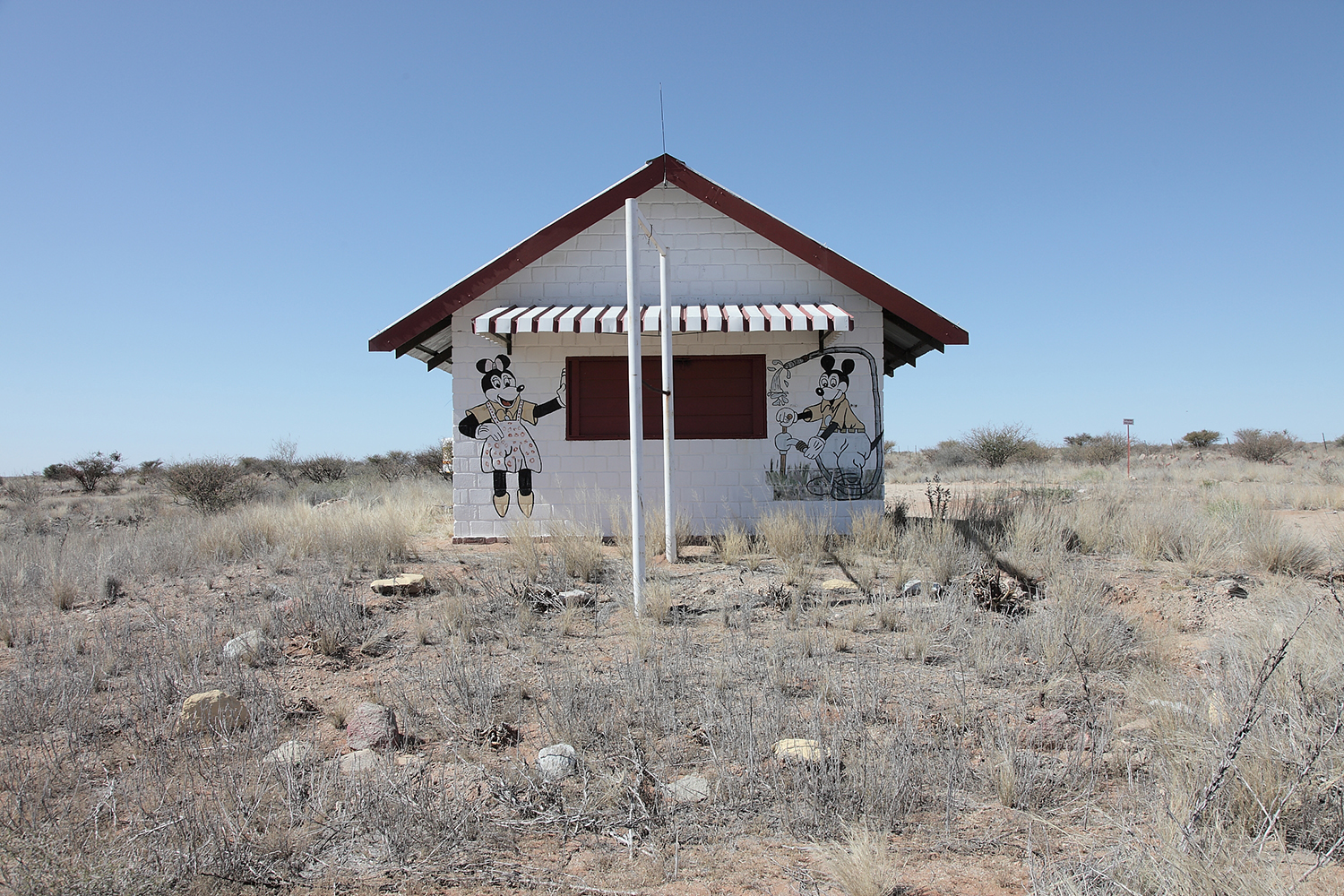
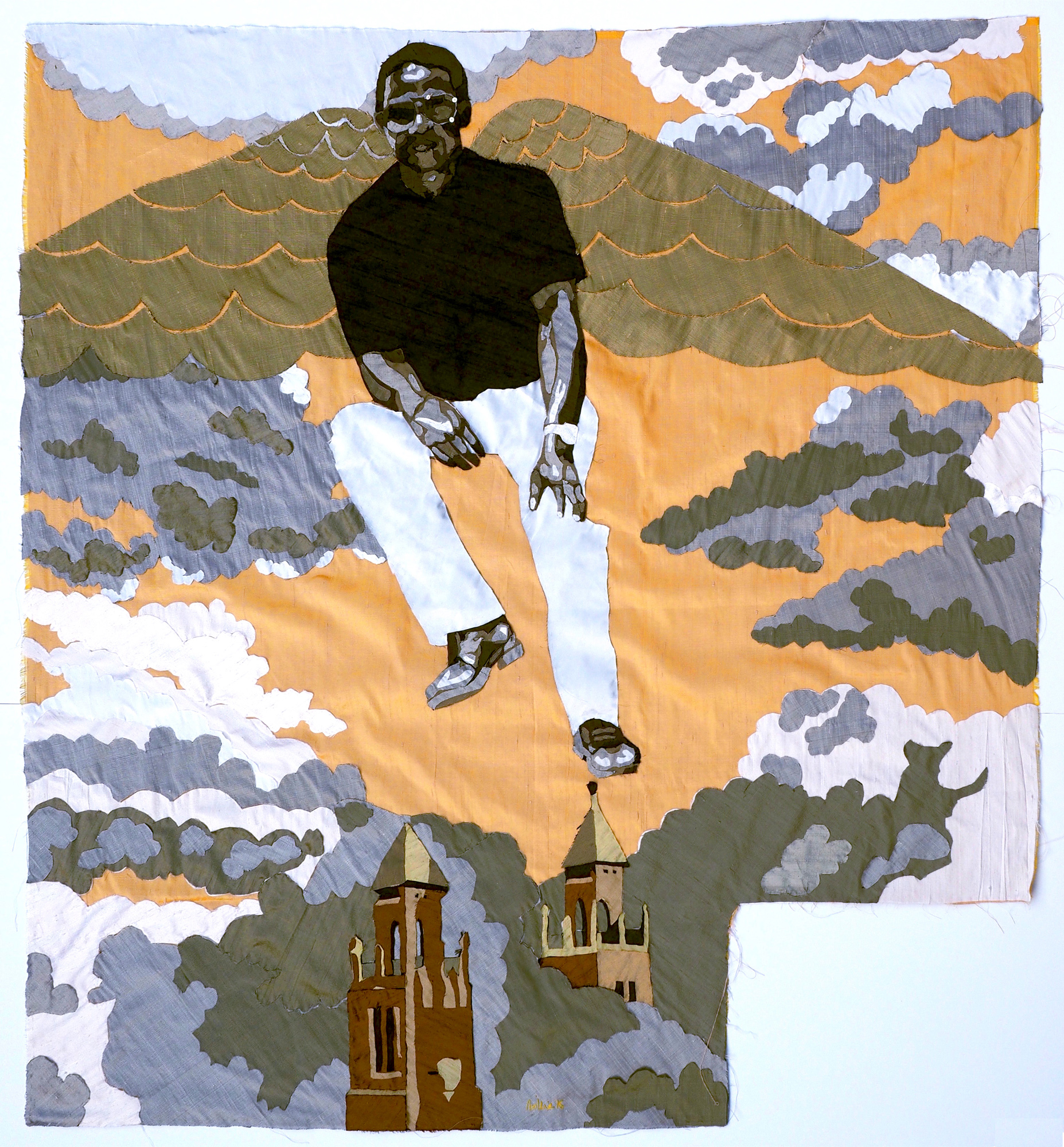
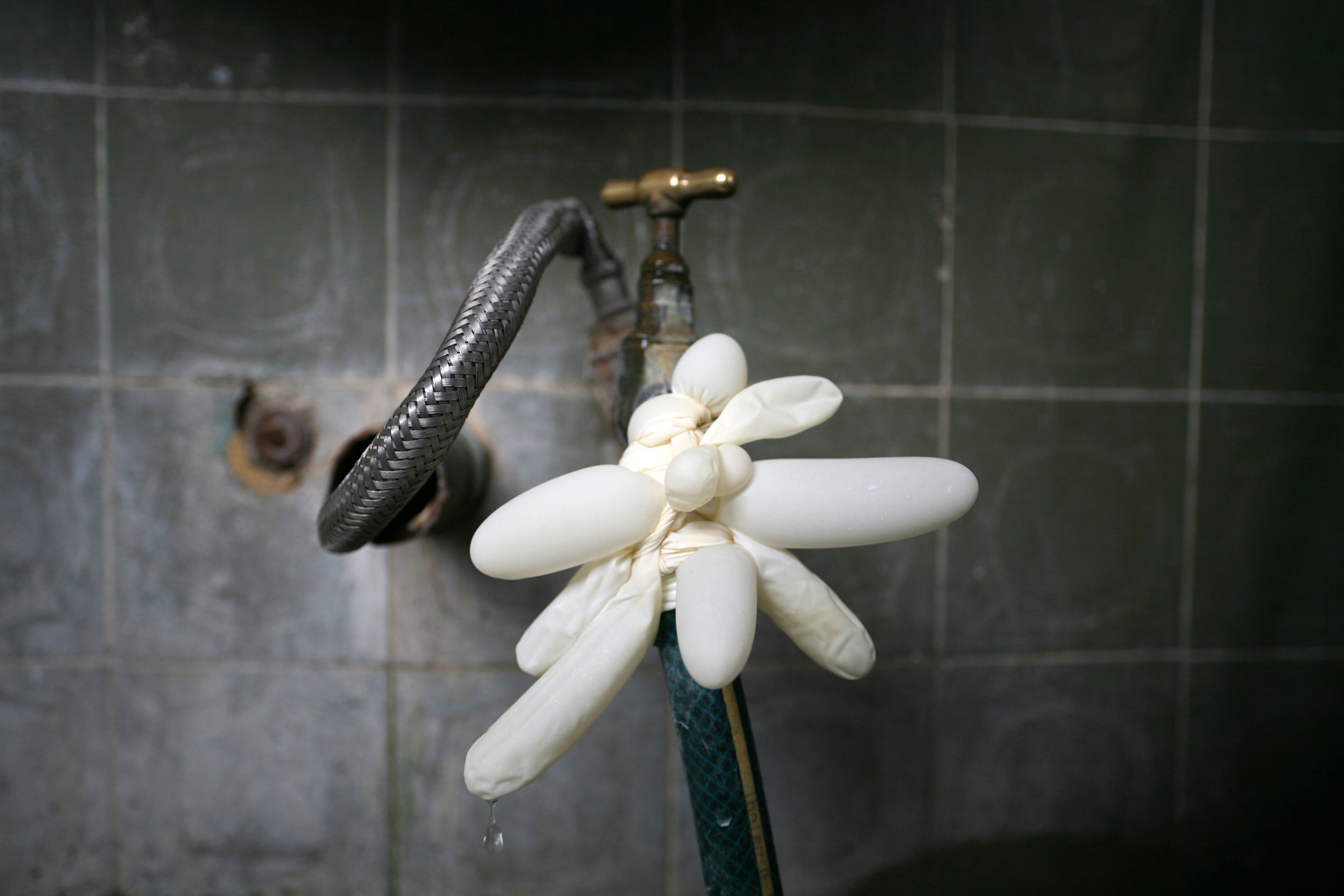
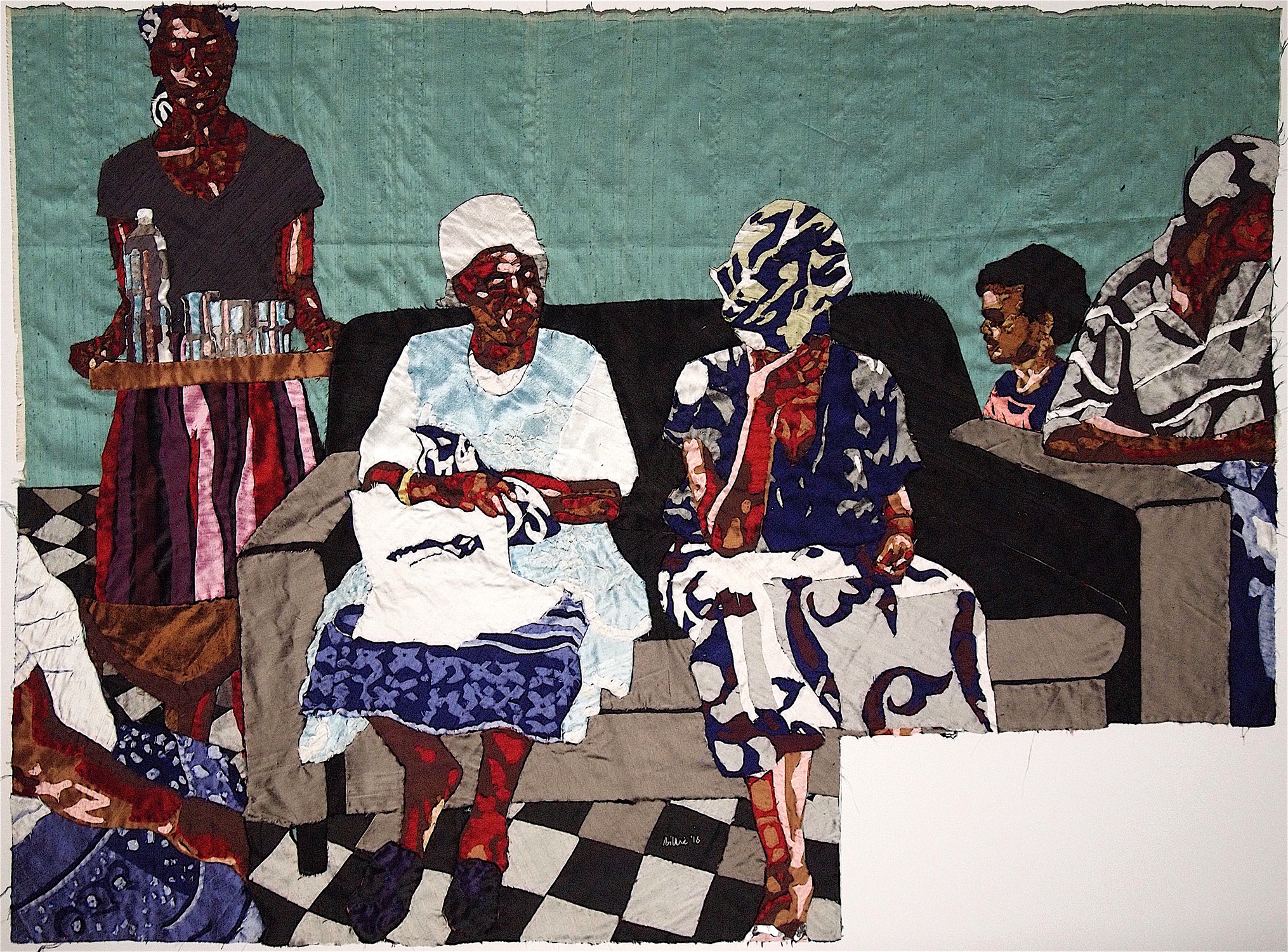
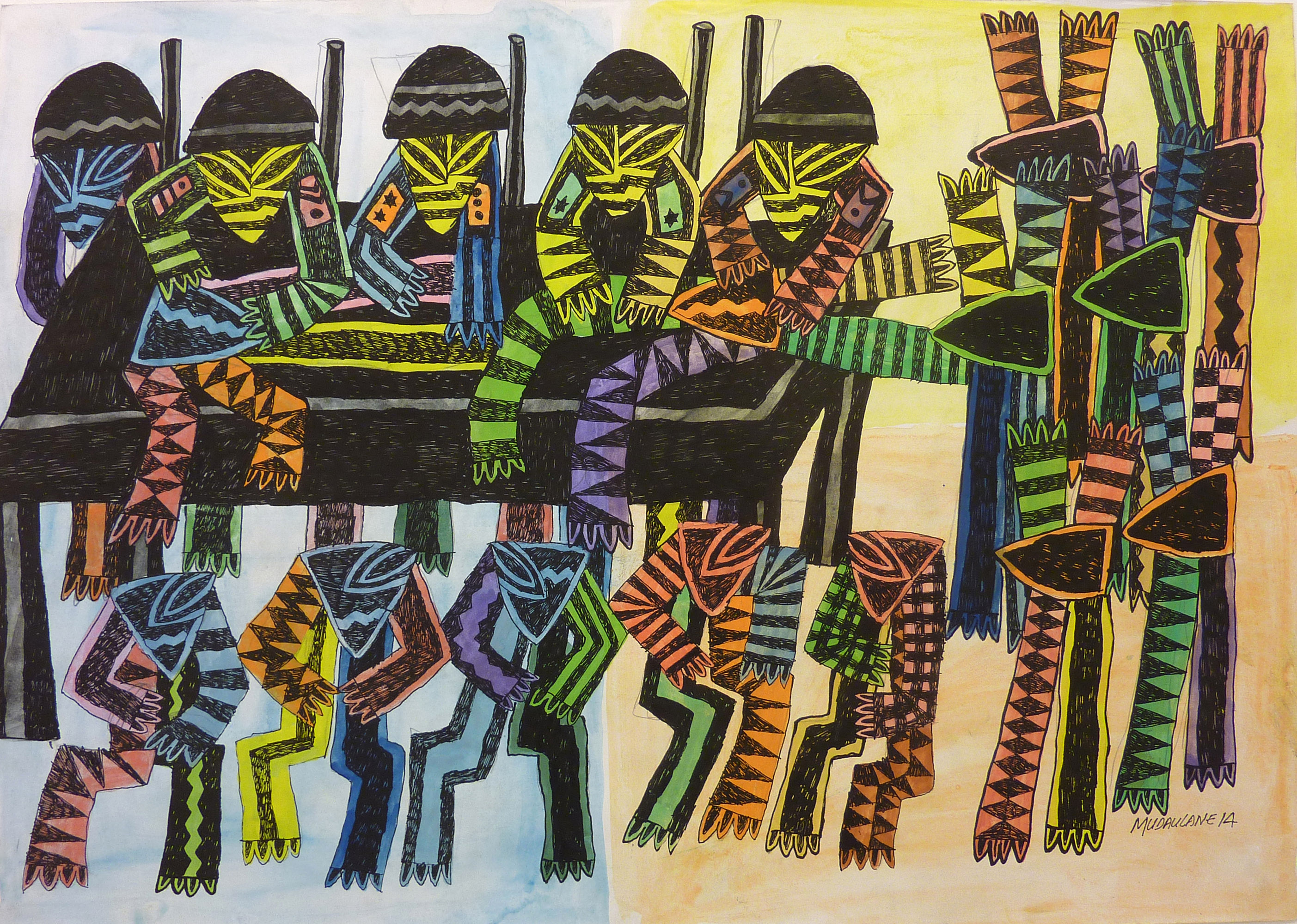
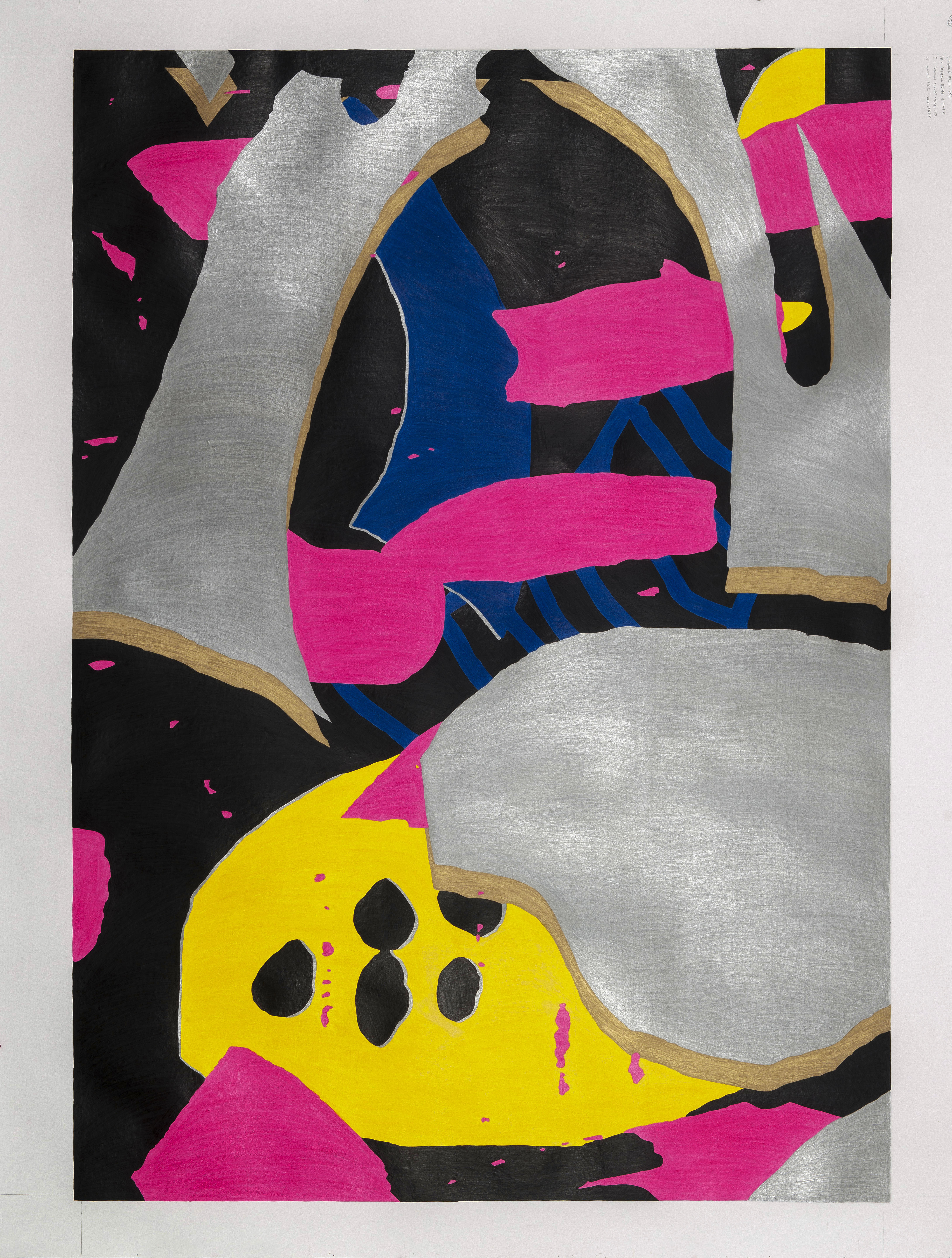
Cameron Platter Stranger Danger 2014 Pencil on paper 180 x 125 cm Courtesy, Cameron Platter studio, Galerie Eric Hussenot, Paris

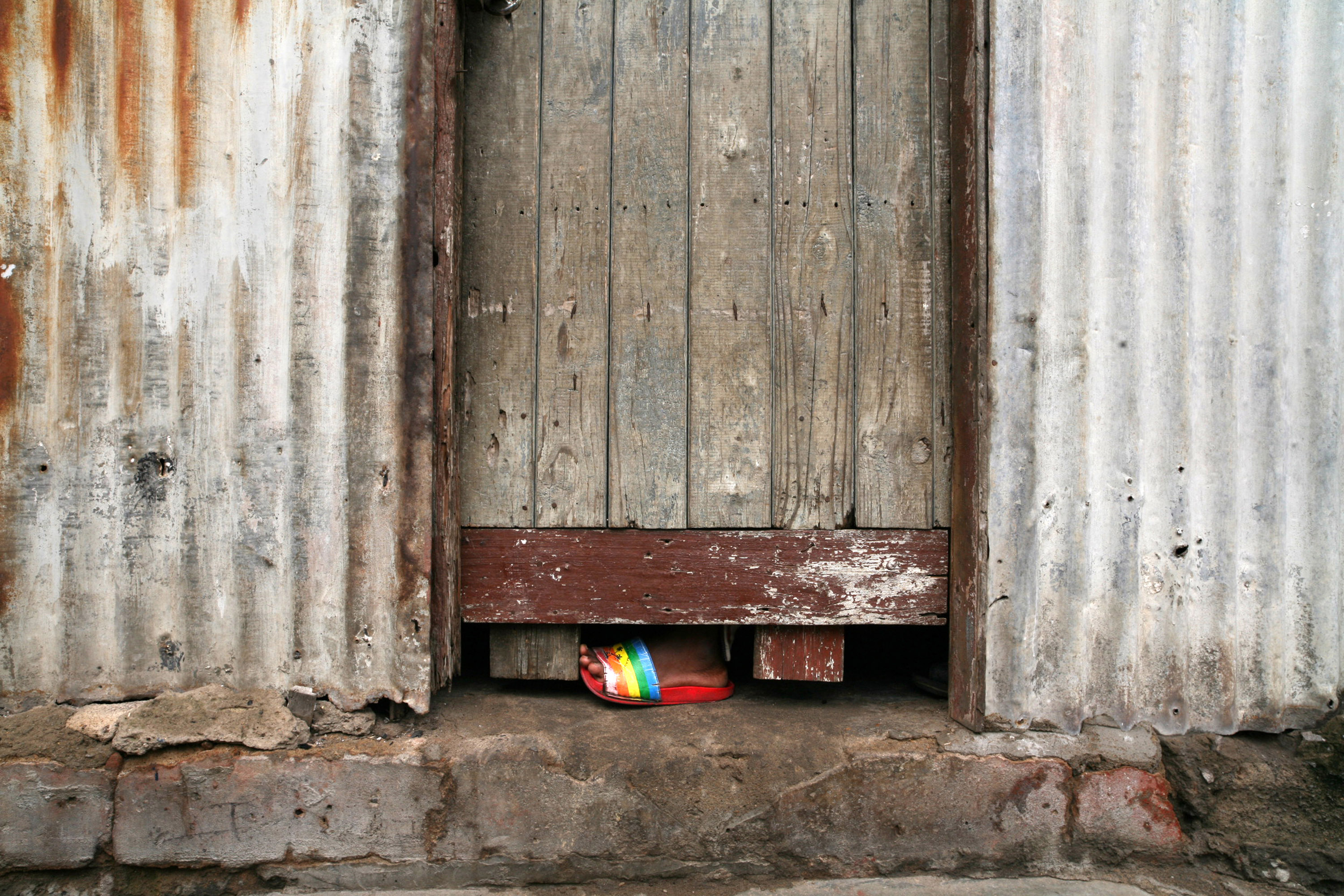
Mauro Pinto, Al+©m do arco-ir+≠s, 2012, Ink jet printing on fine art paper 100 % cotton Hahnemuhle PhotoRag 310gr, 120 X 80 cm. Courtesy the artist and Galeria 111
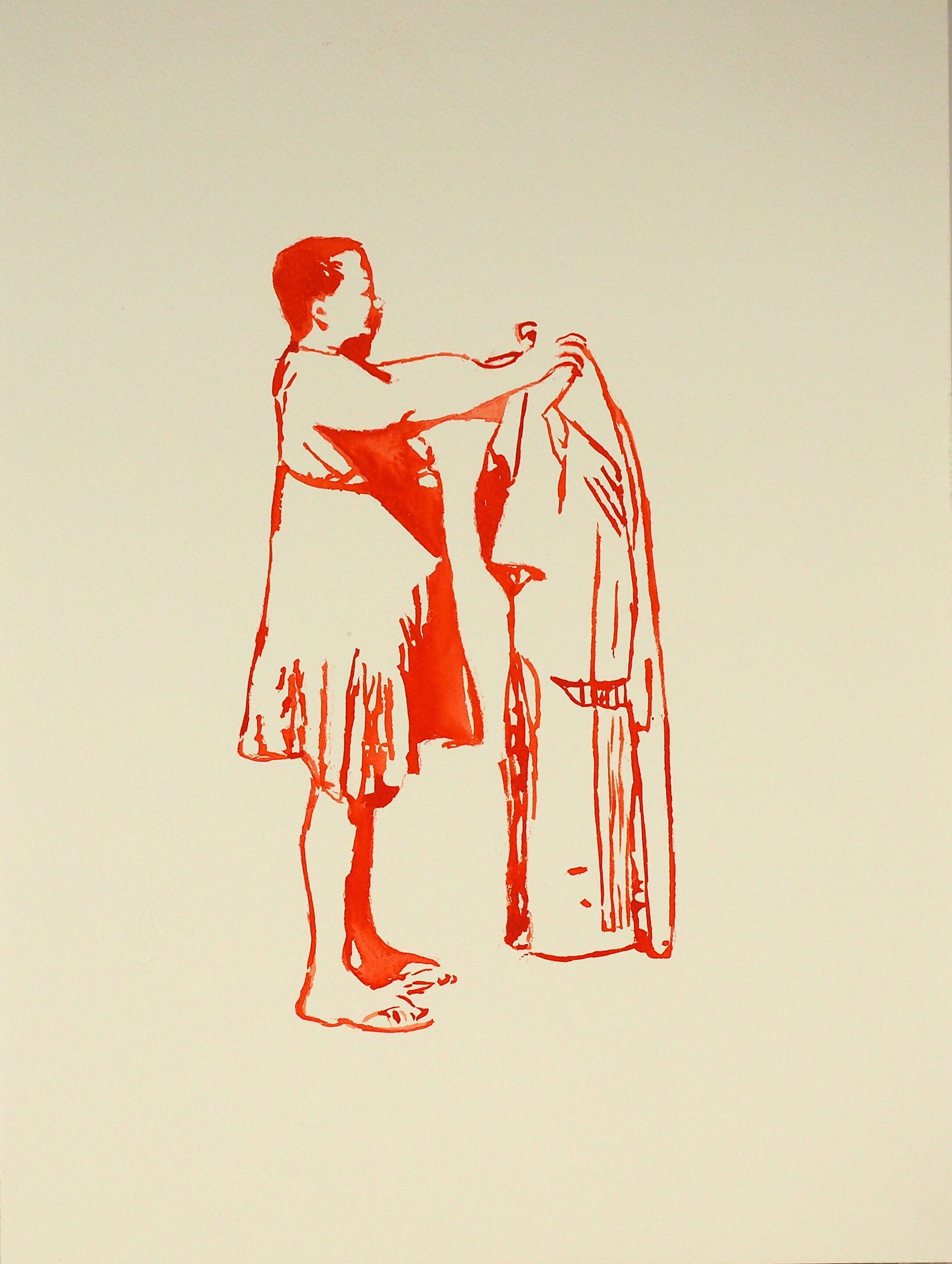
Senzeni Marasela, covering sarah baartman, watercolour, 40.5x30cm. Courtesy the artist and Afronova Gallery





